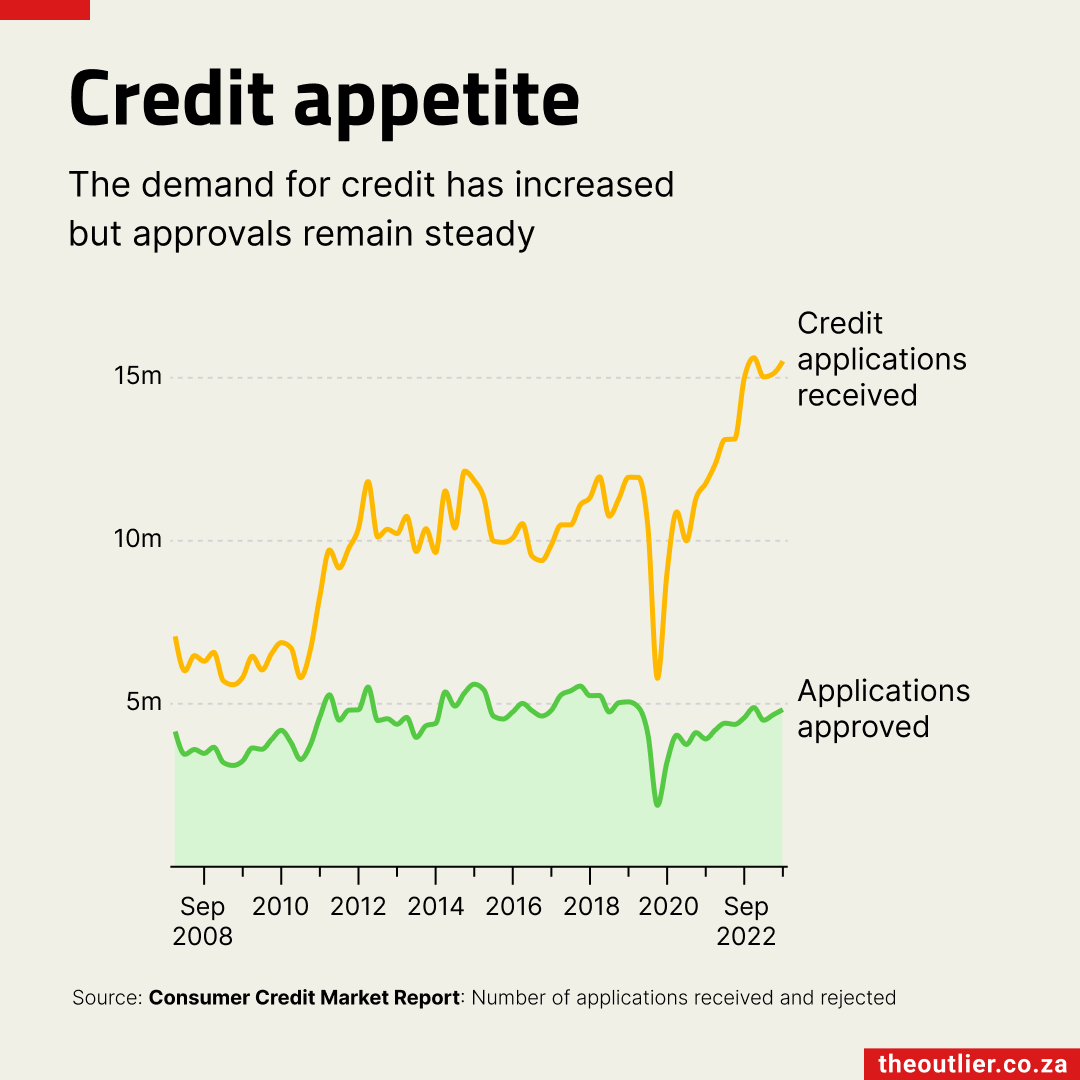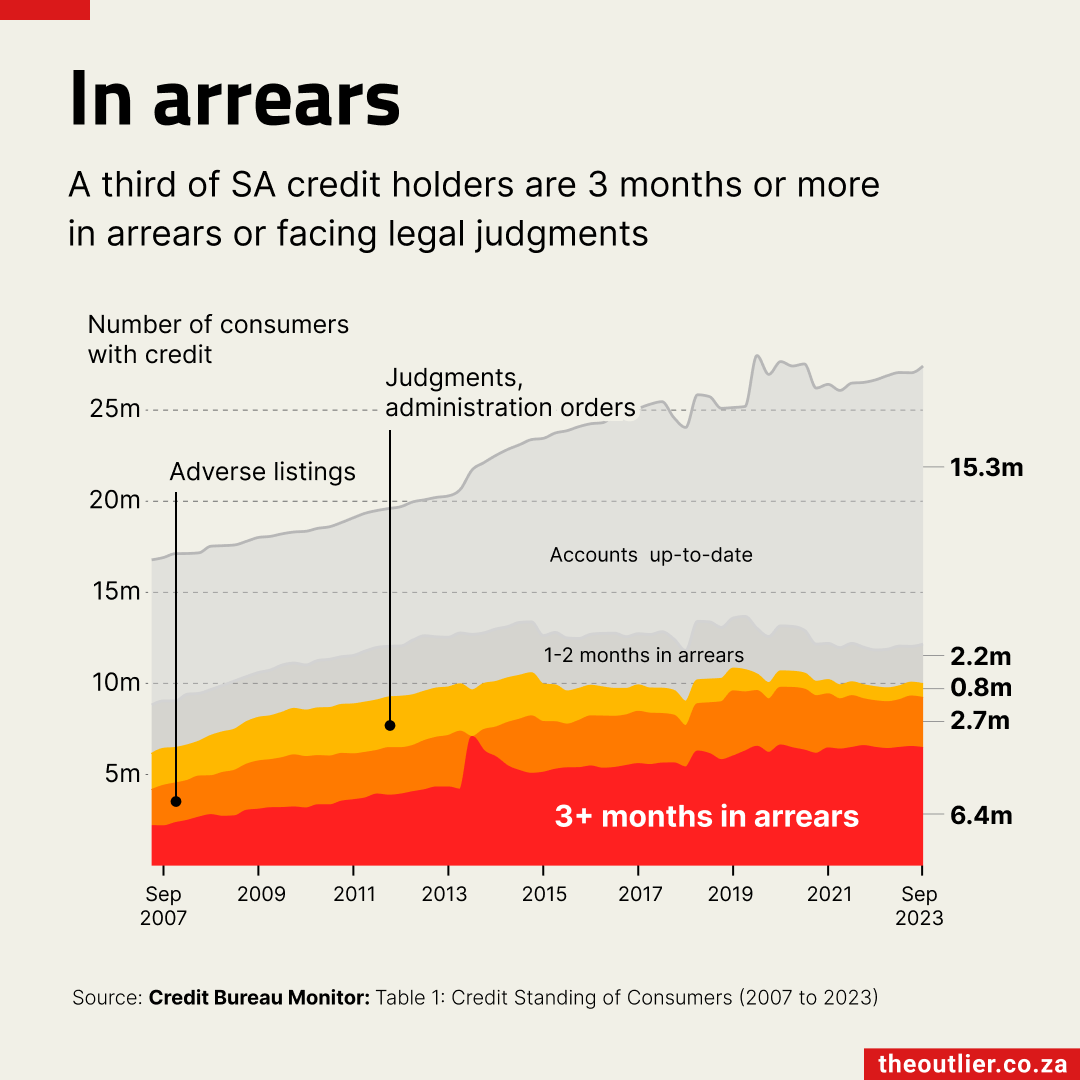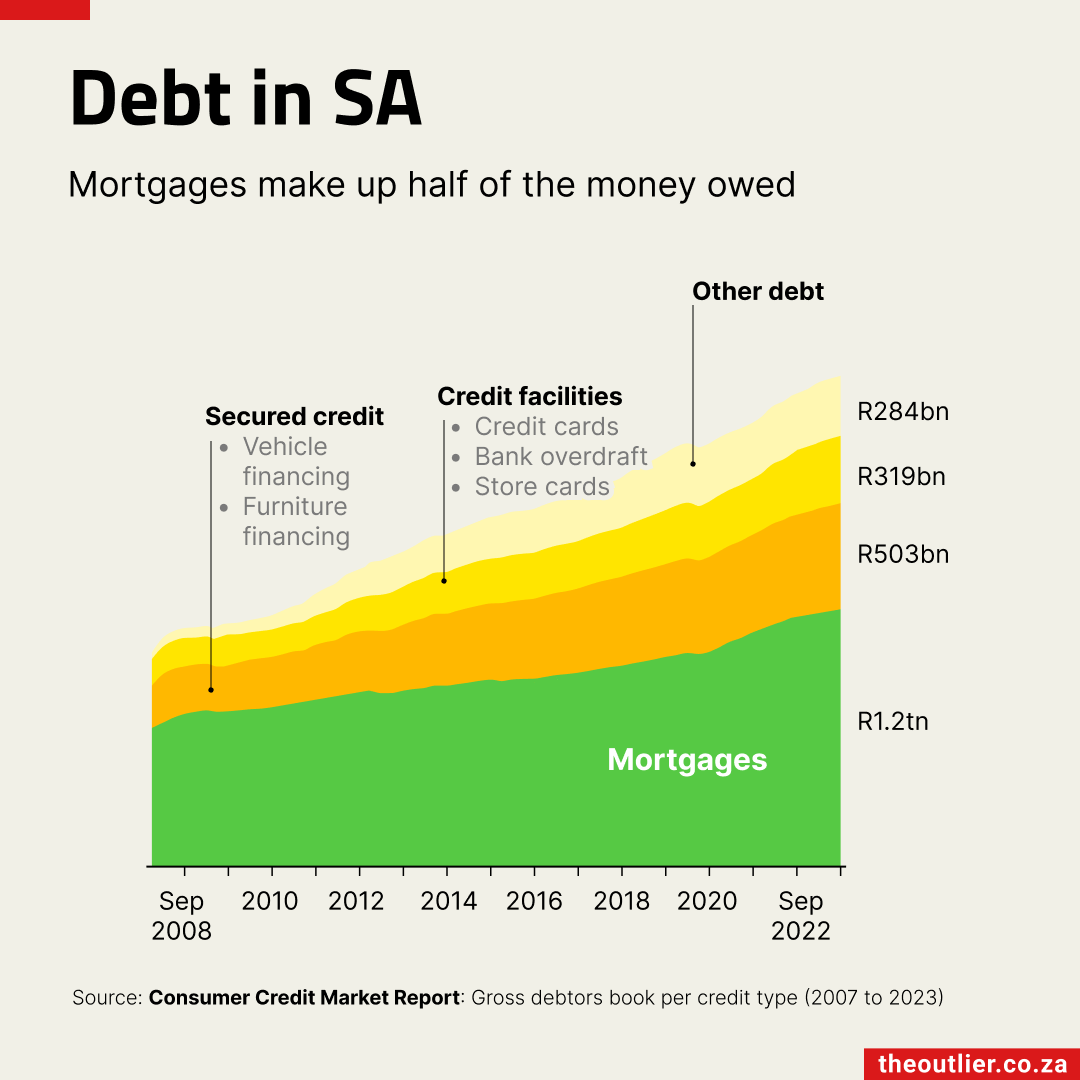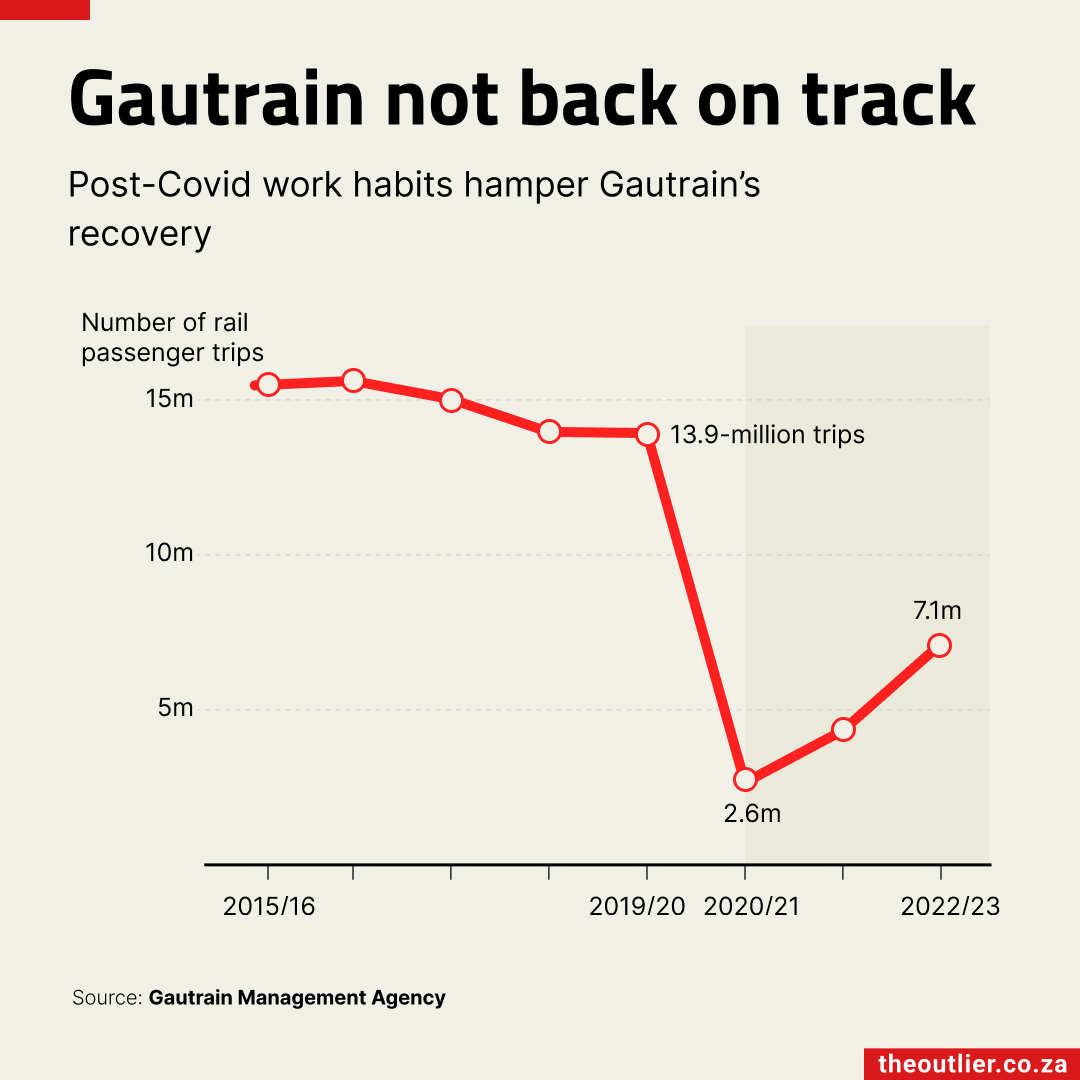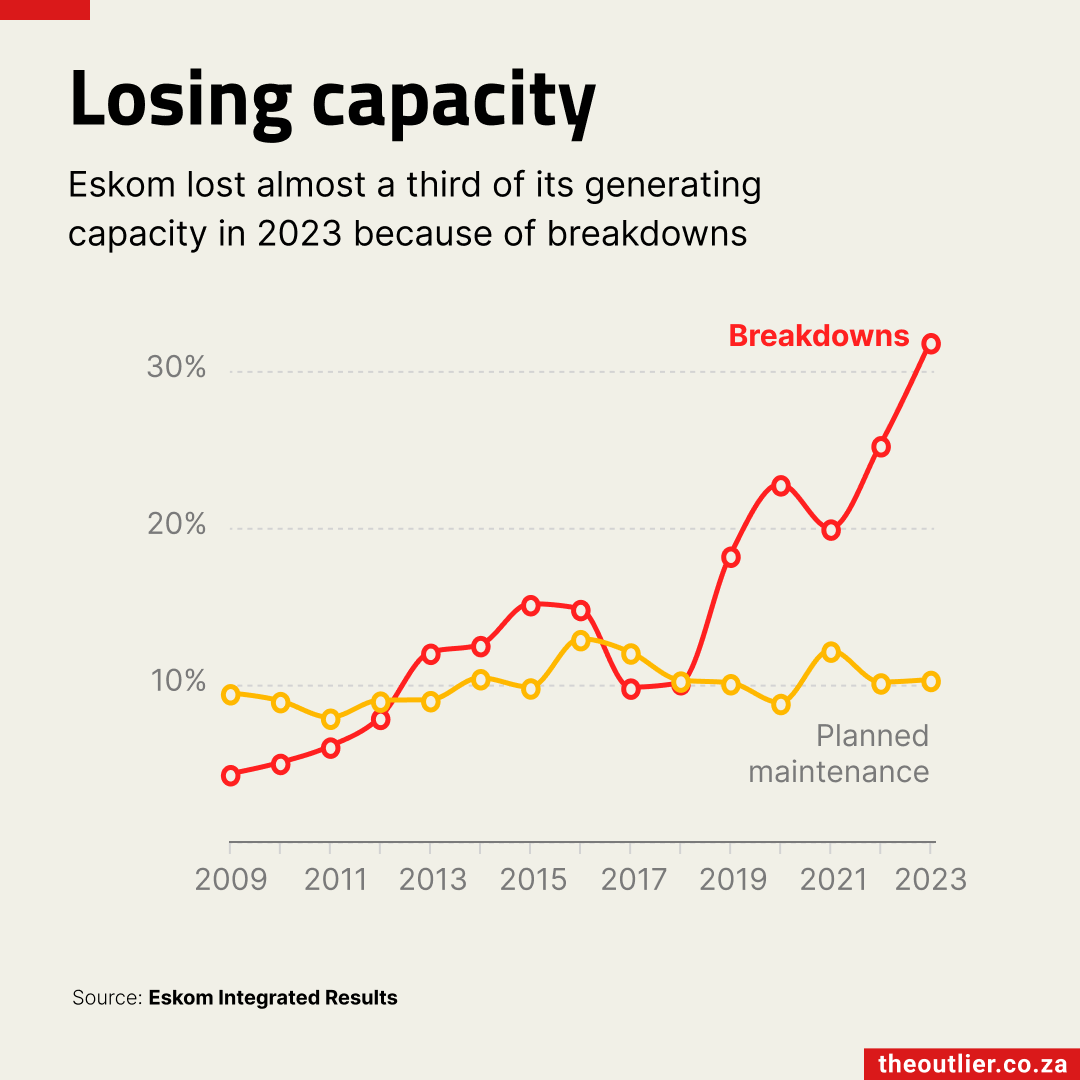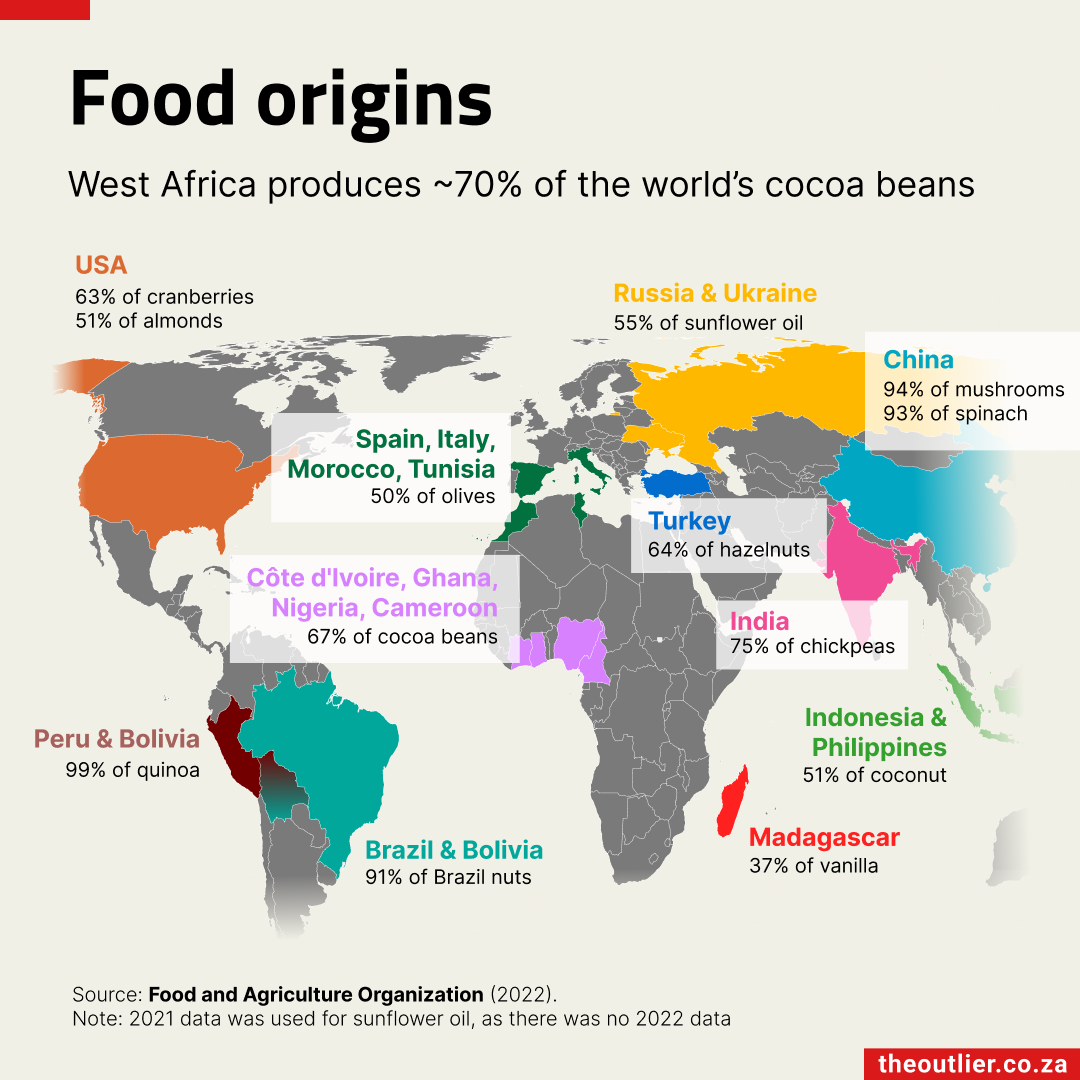Botswana to sell more of its own diamonds under new deal with De Beers
Half of the world’s diamonds come from Africa, but Botswana, the continent’s top producer, didn’t own much of what it mined, until now.
Photo: Bas van den Eijkhof/Unsplash
- Under a new agreement, Botswana will get 30% of diamond output to sell through its state-owned Okavango Diamond company, up from 25%. After 10 years, De Beers will be handing over half of what is mined to Botswana
- Diamond mining contributes a third of Botswana’s gross domestic product
- Global diamond production is down by 26% since 2004, with lab-grown stones claiming much of the shine
Botswana has reached a new agreement with mining conglomerate De Beers which gives the government a larger portion of the diamonds mined in the country to sell.
Under the new agreement, the state-owned Okavango Diamond Company (OKD) will get 30% of the diamonds mined by Debswana, up from 25%. This portion will rise to 40% after 5 years and then to half in 10 years’ time, when the contract ends.
The partnership between Botswana and the world’s largest diamond company by value dates back 54 years. Debswana, a joint venture between the Botswana government and De Beers, operates four diamond mines in the country.
The Botswana government plans to focus more on the cutting, polishing and jewellery-making sides of the industry. Diamond mining contributes a third of Botswana’s gross domestic product, which has helped it become Africa’s sixth richest nation per capita.

- Half of the world’s diamonds were mined in Africa in 2022
- Botswana is the second-biggest diamond producer. The Democratic Republic of Congo and South Africa are also in the top five
- Russia produces the most diamonds by volume but the value of Botswana’s diamond output is higher. In 2022 it was worth $4.7-billion; Russia’s was $3.5-billion
Losing its sparkle
Production in Botswana, like in South Africa and Australia, has not recovered since the steep drop-off during 2008’s global recession. Australia produced no diamonds in 2021 or 2022, according to Kimberly Process statistics.
Globally, diamond production has decreased by 26% since 2004.
Synthetic diamonds have been gaining popularity in many countries, says Edahn Golan, a diamond industry analyst.
The reason is price. ‘The average retail price of a one-carat lab-grown is 76% lower than a natural diamond. That makes for a very appealing option. Especially if you don’t tell your friends that your diamond is not natural.’
Notebook
- The Kimberley Process Rough Diamond Statistics website collects data on rough diamonds
- Read the media release about the De Beers-Botswana deal

